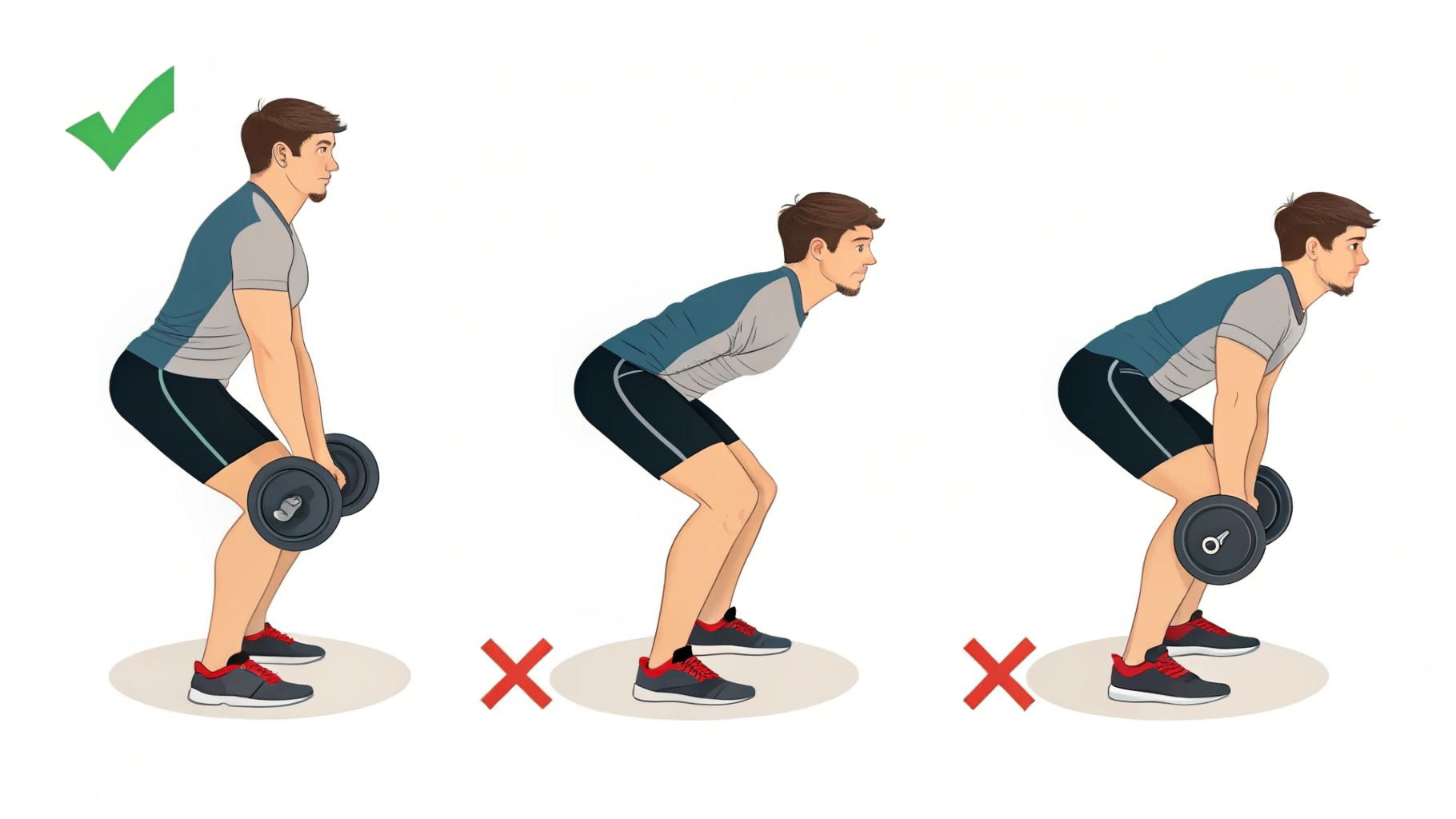The Single Leg Romanian Deadlift (RDL) is a challenging exercise that enhances balance, strength, and flexibility. This comprehensive guide will provide insight into how to correctly perform this exercise, avoid common mistakes, and introduce advanced variations for those looking to increase their workout difficulty. The article includes programming guidelines, safety considerations, and expert tips for integrating the Single Leg RDL into your fitness routine.
Introduction
The Single Leg RDL is a unilateral exercise that targets the posterior chain, including the hamstrings, glutes, and lower back. It also requires significant core stability and balance, making it a functional move that can enhance athletic performance and daily activities.
- Benefits and Importance: Improves balance, enhances hamstring and glute strength, promotes core stability, and increases flexibility.
- Who Should Perform It: Suitable for athletes, individuals seeking improved balance and strength, and those at an intermediate fitness level.
- Required Equipment: Dumbbells, kettlebells, or no equipment for beginners; optional resistance bands for advanced variations.
Technical Breakdown
- Starting Position: Stand on one leg with a slight bend in the knee, holding a weight in the opposite hand.
- Step-by-Step Execution:
- Engage your core and keep your back straight.
- Begin to hinge at the hips, extending the non-supporting leg straight behind you.
- Lower the weight towards the ground while maintaining a neutral spine.
- Pause when you feel a stretch in the hamstring, then return to the starting position.
- Breathing Pattern: Inhale as you lower the weight, exhale as you return to the starting position.
- Key Form Points: Maintain a straight line from your head to your extended heel and keep the movement controlled.
- Range of Motion: Achieve a comfortable stretch without rounding the lower back.
Common Mistakes and Corrections
- Rounding the Back: Focus on keeping the spine neutral; visualize lengthening your body as you hinge forward.
- Not Engaging the Core: Tighten your core muscles to stabilize your body throughout the movement.
- Losing Balance: Use a support nearby initially, like a wall or bench, to assist in balance until you're more stable.
- Not Maintaining Hips Level: Ensure both hip points are aligned and parallel to the floor.
- Overextending the Knee: Keep a slight bend in the supporting knee to prevent strain.
- Improper Weight Distribution: Centre your weight over the mid-foot, not towards the toes or heels.
Variations and Progressions
- Beginner Modifications: Practice without weights or hold onto a support for balance.
- Advanced Variations: Use resistance bands, perform a Single Leg RDL with a barbell, or integrate a row into the movement.
- Progressive Overload Tips: Gradually increase weight and focus on slow, controlled movements to maximize muscle engagement.
- Alternative Exercises: Step-ups, lunges, and traditional RDLs are effective complements or substitutes enhancing similar muscle groups.
Programming Guidelines
- Sets and Reps Recommendations: 3-4 sets of 8-12 reps per leg, depending on your fitness goals.
- Rest Periods: 60-90 seconds rest between sets to allow muscle recovery while maintaining intensity.
- Integration into Workouts: Add to lower body or full-body routine; it serves well as a primary or supplementary movement.
- Sample Progressions:
- Week 1-2: Bodyweight only for balance acclimation.
- Week 3-4: Light dumbbells, increase control.
- Week 5-6: Heavier weights or resistance bands for increased challenge.
Safety Considerations
- Prerequisites: Baseline balance and core stability are recommended.
- Contraindications: Avoid if experiencing acute knee, hip, or back pain.
- Warm-Up Requirements: Perform dynamic leg stretches and balance exercises to activate muscles.
- Recovery Needs: Ensure adequate rest between sessions to allow muscle repair and growth.
Expert Tips
- Professional Insights: Personal trainers highlight the importance of form over weight to prevent injuries.
- Performance Cues: Think "long" spine and "soft" knee as mental reminders during the exercise.
- Training Combinations: Pair with exercises like squats or leg presses for comprehensive lower body strength.
- Programming Advice: Incorporate the Single Leg RDL early in your workout when focus and energy levels are highest.
FAQ Section
Q: How can I tell if I'm doing the Single Leg RDL correctly?
- A: Use a mirror to check your form, ensuring your spine remains straight and movement is smooth and controlled.
Q: How often should I perform the Single Leg RDL?
- A: Two to three times a week is sufficient for strength gains, with rest days in between.
Q: Can I perform this exercise with a bad knee?
- A: Consult a healthcare professional or physical therapist before attempting if you have knee issues.
| Progress Markers | Details |
|---|---|
| Balance | Increasing ability to hold the single-leg position without support. |
| Weight | Progressing to heavier dumbbells or kettlebells while maintaining form. |
| Range of Motion | Achieving a deeper hinge without compromising back alignment. |
| Repetitions | Increasing the number of reps performed with control and stability. |
In conclusion, the Single Leg RDL is a valuable addition to any fitness routine, offering numerous benefits for strength, balance, and flexibility. By mastering the basics, avoiding common mistakes, and gradually incorporating advanced elements, you can maximize the effectiveness of this exercise. Always ensure safety by adhering to warm-up recommendations and respecting your body's limits. With dedication and proper form, the Single Leg RDL can significantly enhance your physical prowess and functional fitness.











 浙公网安备
33010002000092号
浙公网安备
33010002000092号 浙B2-20120091-4
浙B2-20120091-4